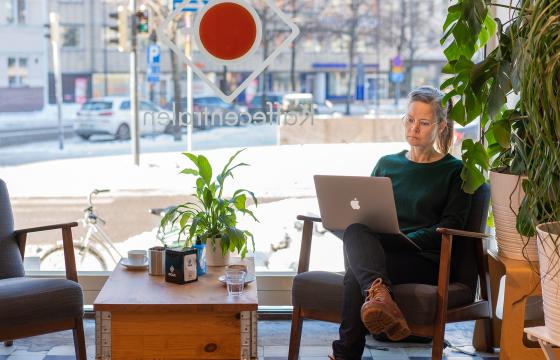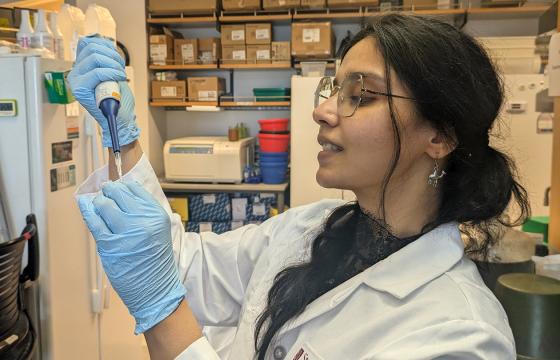Operations, 2020-2021
The past operating year was strong for investment markets. Where twelve months ago the Covid-19 pandemic dominated economies and the outlook was uncertain, today the situation is the opposite. Such a swift turnaround in the economy was unexpected, but on the other hand unpredicted risks have also arisen.
During the summer of 2021, the fair value of the Foundation’s assets temporarily exceeded EUR 2 billion. At the end of the operating period the fair value totalled EUR 1,966 million, of which invested assets made up EUR 1,772 million. The investment market benefited from Covid recovery measures and business income growth. The Foundation’s portfolio enjoyed a healthy return rate of 12.8% during the year, although it fell behind the 18.8 % reported for the benchmark index, due to the weak share price development of Huhtamäki, the international packaging company which is the biggest holding in our domestic equity portfolio.
During the financial year, the sales of assets produced an unusual amount of EUR 69.1 million in capital gains. Thus, the Foundation’s total income from investments reached EUR 135.3 million, while the use of funds remained at the relatively low level of EUR 48.7 million.
A total of EUR 9.9 million was received in donations and bequests, of which EUR 9.5 million were capital donations and EUR 0.4 million were for immediate distribution. During the period, thirteen new donor funds were established, six of them under the central fund and seven under regional funds. As of 30 September 2021, the Foundation managed 879 funds.
At the beginning of the operating period, in the autumn of 2020, the investment market had nearly returned to pre-Covid levels. Although uncertainty was still high, the prospect of vaccines and the restricted market impact of the pandemic supported a positive outlook for the year. The start of immunizations in the Western world towards the end of the calendar year initiated a sharp rise in stock markets, which lasted nearly until the end of the operating year. Companies’ results for the first semester of 2021 exceeded forecasts and, instead of economic slowdown, the world faced rising raw material costs together with labour and component shortages. Concerns were now directed towards rapidly accelerating inflation and uncertainty over the central banks’ potential monetary policy response. Attention was again drawn to diverse risk factors at the end of the operating period and September turned out to be the weakest month in the equity markets since October 2020.
Long-term prospects are positive, however. The economy continues to recover and many of the identified risks are seen as temporary. As share valuations have again reached more moderate levels, and with a lack of attractive alternatives, equity investments are still the favourable choice.
The equity market enjoyed a period of strong, almost continuous growth until August 2021. Share prices were bolstered by economic recovery and healthy increases in results. Around the world, share indices reached strong levels related to these historic returns. The equity markets’ value only took a corrective turn after September’s market concerns. Measured in euros, MSCI North America produced a return of 31.7% and the emerging markets, 19.6%. Finnish shares returned 30.2%. The pandemic has, however, continued to affect certain sectors and companies more than others. Huhtamäki’s share price was impacted by lower than predicted demand for food packaging from developing markets, as well as cost inflation forecasts. The Foundation’s equity investments produced a return of 12.8% (benchmark index: 29.3%), largely due to Huhtamäki’s negative return of -5.3%. The return on international equities, on the other hand, was 27.7%, compared to the benchmark of 25.0%.
Long-term interest rates have remained low despite the strong economic and inflation growth. There is now pressure on central banks to increase rates due to rising inflation. The Foundation’s return on fixed-income investments was 2.7%, compared to the benchmark of 2.4%. The fixed-income portfolio has an emphasis on money market investments and short duration investment grade bond funds.
The trend towards non-liquid asset classes continued during the year in our portfolio. The pandemic’s impact on alternative asset classes depended on the point at which each investment was in its life cycle. Some younger funds benefited from the market disruptions, while the mature ones were more deeply impacted by the crisis. The Foundation’s alternative investments had a return of 28.0% and property investments 10.9%.


